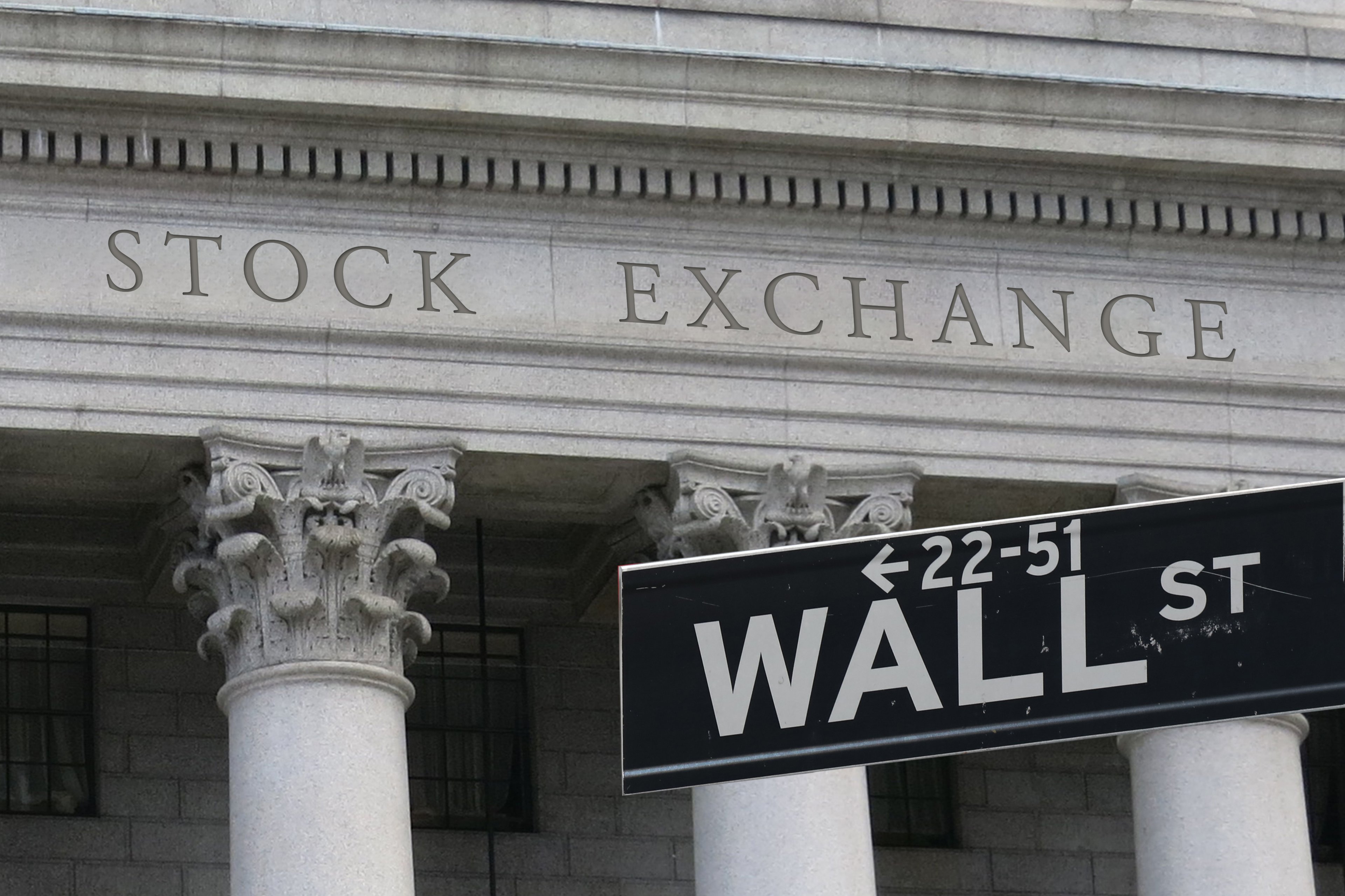
On the final day of 2015, Jamie Dimon will celebrate his 10-year anniversary as the CEO of JPMorgan Chase (JPM +1.01%), marking one of the most remarkable performances among bank executives since World War II.
Dimon hasn't had it easy. In addition to the financial crisis, which affected executives across the industry, the financier took heat for JPMorgan Chase's $6 billion-plus trading debacle in 2012 known as the London Whale. This led shareholders to question whether he should occupy both the CEO and the chairman of the board positions, which he was permitted to continue doing after a 2013 shareholder vote.
But these challenges have served as little more than speed bumps in JPMorgan Chase's remarkable performance in the years surrounding the crisis.
Since the beginning of 2006, Dimon's first full year as CEO after taking over on the final day of 2005, shares of JPMorgan Chase have returned a dividend-adjusted 111%. That's second among the nation's 20 biggest banks to Wells Fargo (WFC +2.15%), which has returned 123% over the same period.
To put this in perspective, nine out of the 20 biggest banks have seen their shareholder values fall since the beginning of 2006. This includes Citigroup (C +1.54%), Bank of America, Morgan Stanley, and BB&T, among other prominent lenders. If you exclude JPMorgan Chase and Wells Fargo's performances, the 18 biggest banks in America returned an average of only 5.2% over the past decade. That's less than one-twentieth of JPMorgan Chase's total return during Dimon's tenure.
|
Bank |
Total Shareholder Return |
|---|---|
|
Wells Fargo |
123.3% |
|
JPMorgan Chase |
111.3% |
|
New York Community Bancorp |
88.3% |
|
PNC Financial |
86.4% |
|
U.S. Bancorp |
85.9% |
|
Goldman Sachs |
65.9% |
|
The Bank of New York Mellon |
52.1% |
|
M&T Bank |
48.1% |
|
State Street |
42.1% |
|
First Niagara Financial |
6% |
|
Capital One Financial |
5.7% |
|
BB&T |
-10.5% |
|
Morgan Stanley |
-19.7% |
|
SunTrust Banks |
-28.7% |
|
Fifth Third Bancorp |
-32.6% |
|
Huntington Bancshares |
-37.7% |
|
KeyCorp |
-51.3% |
|
Bank of America |
-55% |
|
Regions Financial |
-63.8% |
|
Citigroup |
-87.2% |
*Adjusted for dividends. Data source: YCharts.com.
Prescient risk management fueled JPMorgan Chase's success through the crisis. In 2004, it sold its sole structured investment vehicle, or SIV, a sibling to the highly leveraged off-balance sheet investment vehicles that almost caused Citigroup to fail three years later. Dimon scaled back the firm's proprietary trading activities in 2005. And in 2006, he ordered the bank's chief of securitized products to offload more than $12 billion in subprime mortgages.
These moves positioned JPMorgan Chase to not only survive the financial crisis, but to thrive as a result of it, allowing it to buy two of its competitors for pennies on the dollar as the crisis ravaged the industry. It purchased Bear Stearns for $10 a share in March 2008, a little over a year after shares of the nation's fifth largest investment bank peaked at $170 each. Six months later, JPMorgan Chase acquired Washington Mutual, the nation's leading thrift, for a 93% discount to its book value.
These acquisitions bolstered JPMorgan Chase's investment banking operations, which helps explain why it moved up a notch in the league tables over this same stretch, as well as its consumer bank. They also helped it reascend to the apex of global finance, after playing second fiddle to Citigroup for much of the previous half century. Going into the crisis, JPMorgan Chase was the third-biggest bank in America, eclipsed by both Citigroup and Bank of America. Today, it's No. 1 by a comfortable margin.
In sum, Dimon has exceeded all reasonable expectations during his time at the helm of JPMorgan Chase. It seems doubtful that he'll be able to match this performance over the next decade, but if there's anyone leading a bank right now that could, the chances are good that it's Dimon.









